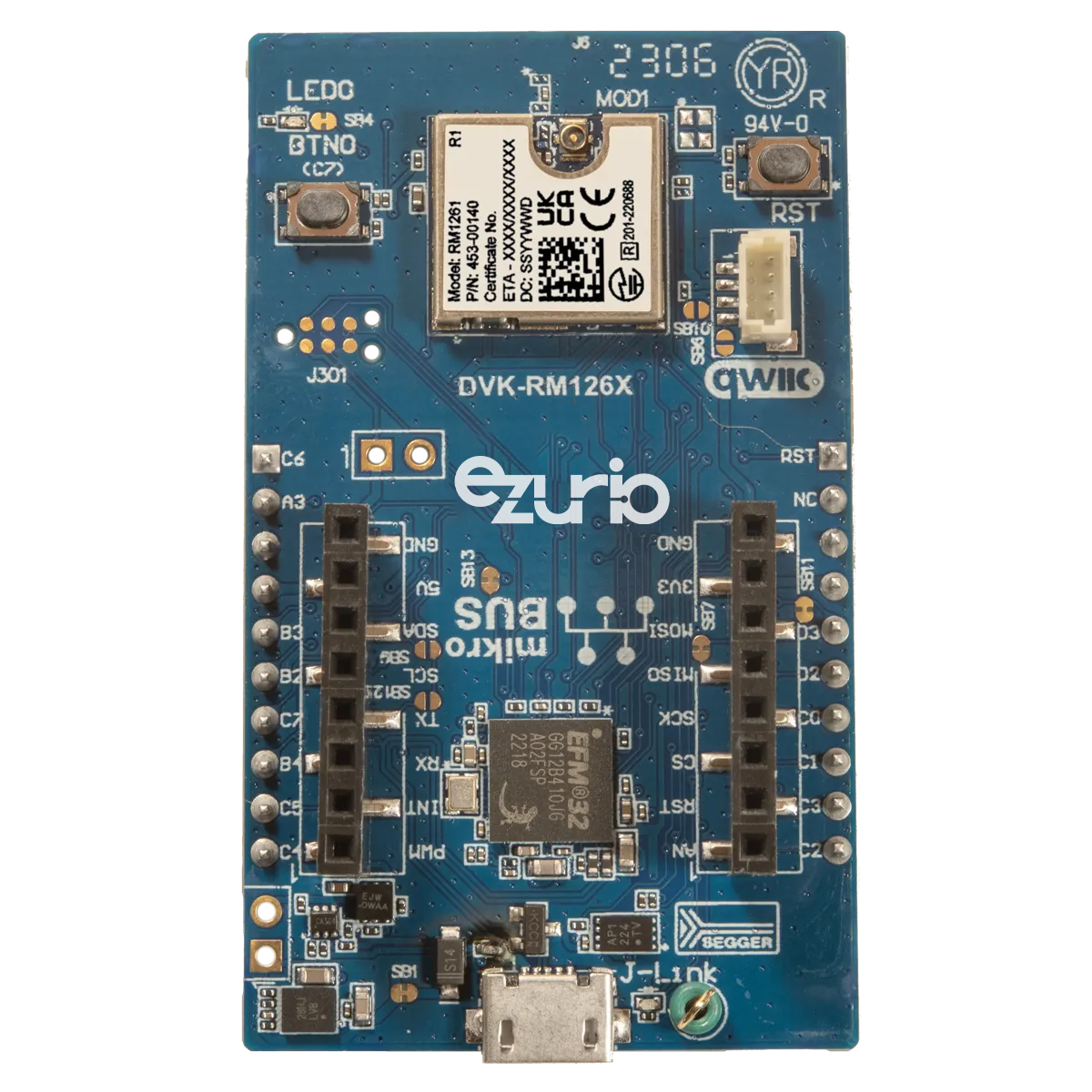LoRaWAN has three end device class modes
Class A devices transmit and then open a receive window and outside of these events the radio can be switched off to minimise power consumption. Class A uses the least amount of power
Class B allows for scheduled receive windows, so that the network server will know when the device is awake and able to accept a downlink.
Class C keeps the device radio on permanently , meaning it is able to receive a downlink at any time from the network server. Class C uses the most power
Laird LoRa P2P mode can be thought as working like a hybrid of the above modes. Because it makes use of a beacon, to allow devices to synchronise with dedicated transmit and receive slots, the power consumption will be most like a class B LoRaWAN device as the radio will be on every time the device slot comes around. P2P mode can initially behave like a class C device when looking for a beacon.
Exact power consumption will be specific to an individual use case and it is advised to measure the power consumption for your particular use case but peak consumption values can be found in the datasheet.

